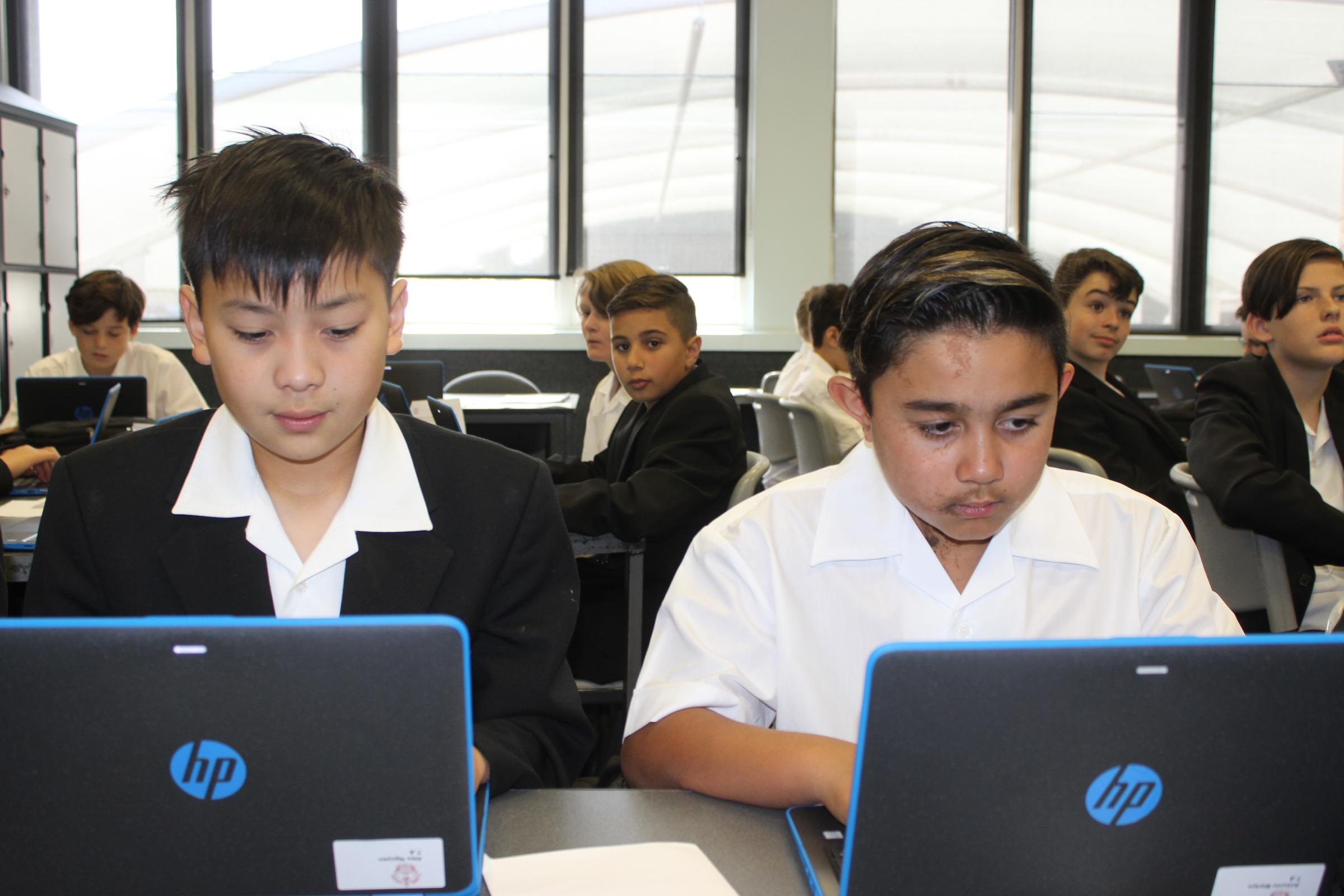Screen time, learning and balance.

Student Wellbeing – Screen time, learning and balance.
I hope that this article finds you all well.
We have had lots of feedback from families in regards to our suggested learning timetable for students while at home. Most feedback is quite positive and some has been constructive in its content.
I would like to take this opportunity to set out why our learning timetable is structured as such, and why it will have a long term benefit for our students.
Our reliance upon technology is now at an all-time high. Not only for education and business, but also for social connection. Unfortunately, using technology requires us to look at a screen. Looking at screens is essential, but it can have long term effects on a young person’s health. We need to find a balance.
Let’s look at some statistics. Usually, a student at St James College has 5 hours a day a day of class time. That would equate to 5 hours of extra screen time a day if all classes were being accessed in real-time from homes online. Add to that the national average of 6.2 hours of screen time a day* young people have in ‘normal’ times. If we were to have all classes online for 50 minutes each a day, students would be in front of a screen for a possible average of 11.2 hours a day. Nearly half of the day spent staring at a screen.
Eleven weeks of this may have a detrimental effect. Posture can deteriorate, eyes can become strained and headaches may develop. The opportunity for physical activity reduces. Especially with the onset of winter.
Therefore, we devised a condensed timetable to remove one hour a day of screen time. Over the 11 weeks of Term Two, this equates to 55 hours less screen time. We may never be able to track the exact benefits of this. Nonetheless, knowing there is an attempt to create a greater balance between non-screen and screen time should give students and families greater peace of mind.
Another important aspect of finding a balance between screen time and a healthy mind and body is physical activity. We recommend 60 minutes a day of physical activity a day, at a minimum. Outdoors is the preference if the weather allows. Physical Education teachers have supplied students with a ‘physical activity log’ to track their physical activity and sedentary time on a daily basis. Chat with the young men about the amount of physical activity they are undertaking and what they are actually doing. Making it a conversation point can increase engagement.
Balance is the main point. A balance of school work, physical activity and relaxation. We are thinking about the ‘long game’. That is, how will your son fare mentally and physically when we finally return to ‘normal’ life?
We firmly believe St James College students will benefit from the above considerations.
The learning team we often speak of (School / Parent / Student) has never been more significant. Above all, share calmness, strength and laughter with our young men. This is the key to wellbeing. A shared mission.
*I have borrowed some of the statistics above from www.reachout.com. They are a nationally recognised service that assists young people and parents navigate technology use while taking into account mental wellbeing. For more detailed information please go to: https://parents.au.reachout.com/skills-to-build/wellbeing/technology-and-teenagers
Dan McMahon
College Coordinator
